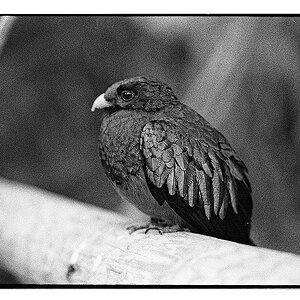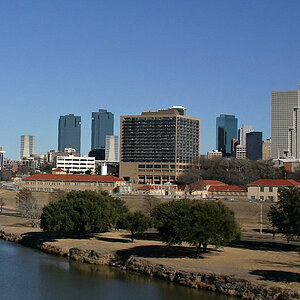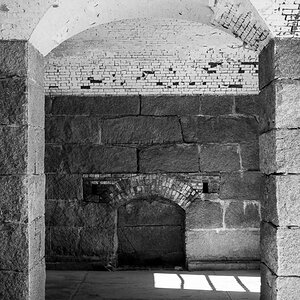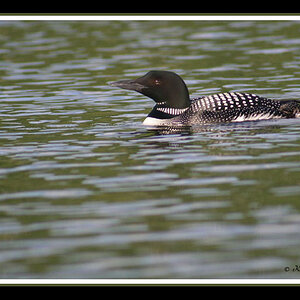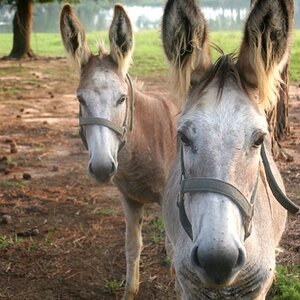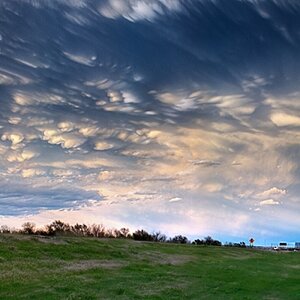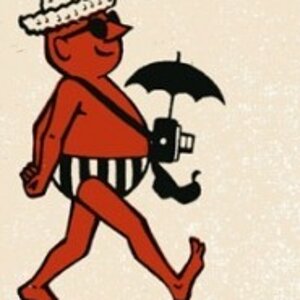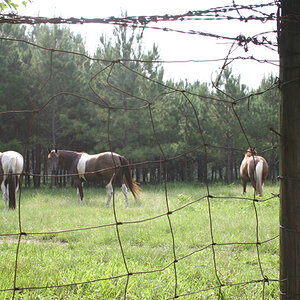photogincollege
TPF Noob!
- Joined
- Aug 4, 2007
- Messages
- 706
- Reaction score
- 0
- Location
- Grand Rapids, Michigan.
- Can others edit my Photos
- Photos OK to edit
I was wondering if anyone has experience with these? Ive looked through one and such but never used one, and I hear they are amazing for landscapes? Any advice and knowledge is appreciated, also if this isnt the right place mods feel free to move. Thanks  . Oops I meant foldable view cameras.
. Oops I meant foldable view cameras.  .
.



![[No title]](/data/xfmg/thumbnail/36/36665-7c494bf98537fba5ac87ac5ad6bda658.jpg?1619737676)
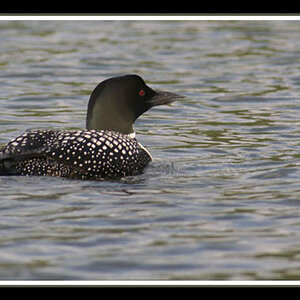
![[No title]](/data/xfmg/thumbnail/36/36669-32e6602a9741e9fefddbc9dc04bc8e8f.jpg?1619737676)
